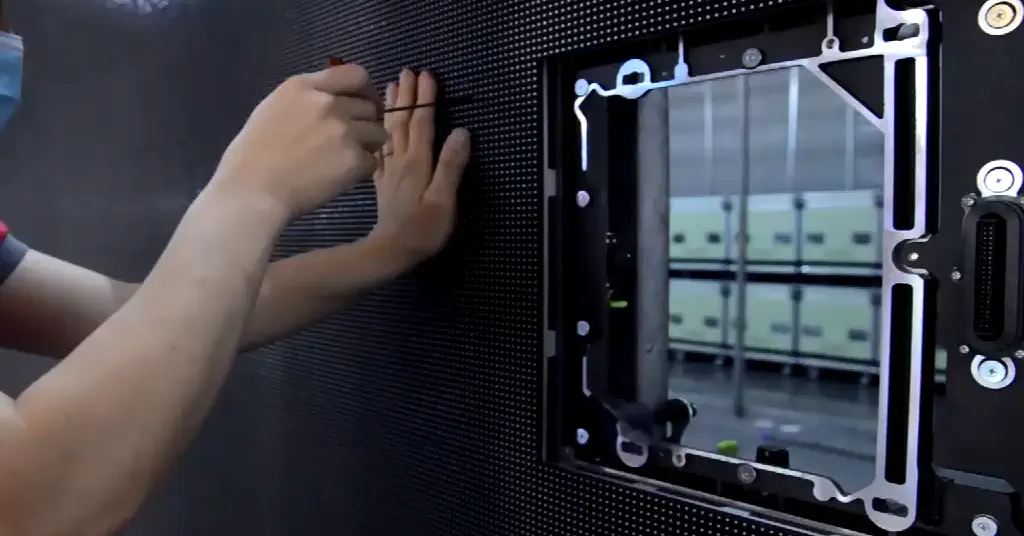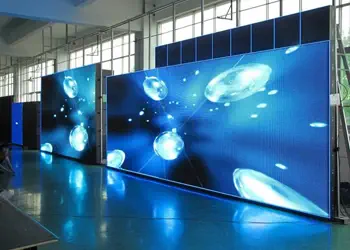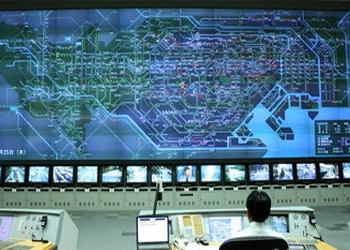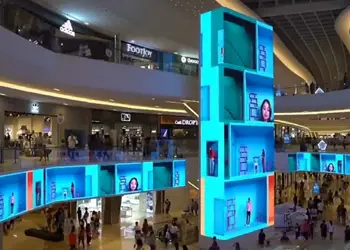what is an SMD(Surface Mount LED) screen?
Table of Contents

I. Introduction
In today’s technology-driven world, we are constantly surrounded by screens of all types, sizes, and shapes. One type of screen that has gained significant popularity in recent years is the SMD (Surface Mount LED) screen. SMD screens are used in a variety of applications, including digital signage, concerts, and sporting events. Understanding what SMD screens are and how they work is important for anyone interested in modern display technology.
II. What is an SMD screen?
An SMD screen is a type of LED screen that uses Surface Mount Devices (SMDs) to produce images. SMDs are tiny electronic components that can be mounted directly onto a printed circuit board (PCB). These devices are commonly used in a range of electronic products due to their small size, low power consumption, and high performance.
SMD screens consist of a matrix of tiny SMDs that emit light to produce images. The SMDs used in these screens are typically either red, green, or blue, and they are arranged in a specific pattern to produce full-color images.
III. How do SMD screens work?
SMD screens work by using a combination of diodes and the RGB (Red, Green, Blue) color model. Each SMD in the screen contains a diode that emits light when a current flows through it. By combining SMDs of different colors in the correct pattern, full-color images can be produced.
The RGB color model is used to produce a wide range of colors on an SMD screen. By varying the intensity of the red, green, and blue colors emitted by each SMD, any color can be produced. This allows SMD screens to display vibrant, high-quality images with excellent color accuracy.



IV. Advantages of SMD screens
SMD screens offer several advantages over other types of screens. One of the primary advantages is their high brightness and contrast ratio, which makes them ideal for outdoor advertising and other applications where visibility is critical.
Another advantage of SMD screens is their flexibility. SMD screens can be made in a range of shapes and sizes, making them ideal for use in creative displays and installations.
SMD screens are also highly durable and reliable, with a long lifespan and minimal maintenance requirements. This makes them a cost-effective solution for many applications.
V. Applications of SMD screens
SMD screens are used in a variety of applications, including digital signage, concerts, and sporting events. In digital signage, SMD screens are used to display advertisements, information, and other content in public spaces such as shopping malls, airports, and train stations.
In concerts and sporting events, SMD screens are used to display live footage of the event, as well as graphics, animations, and other visual effects. SMD screens are also used in stage backdrops, creating stunning visual displays that enhance the performance.
VI. Challenges of using SMD screens
Despite their many advantages, there are also some challenges associated with using SMD screens. One of the main challenges is the cost. SMD screens are typically more expensive than other types of screens, which can be a barrier to their adoption in some applications.
Another challenge is the maintenance requirements. SMD screens require regular cleaning and inspection to ensure that they are functioning properly. This can be time-consuming and expensive, particularly for large installations.
VII. Conclusion
In conclusion, SMD screens are a powerful and versatile type of display technology that offer many advantages over other types of screens. Understanding what SMD screens are and how they work is important for anyone interested in modern display technology. While there are some challenges associated with using SMD screens, their many advantages make them a popular choice for a wide range of applications.
Want to know more about the Audio Visual Solutions?



